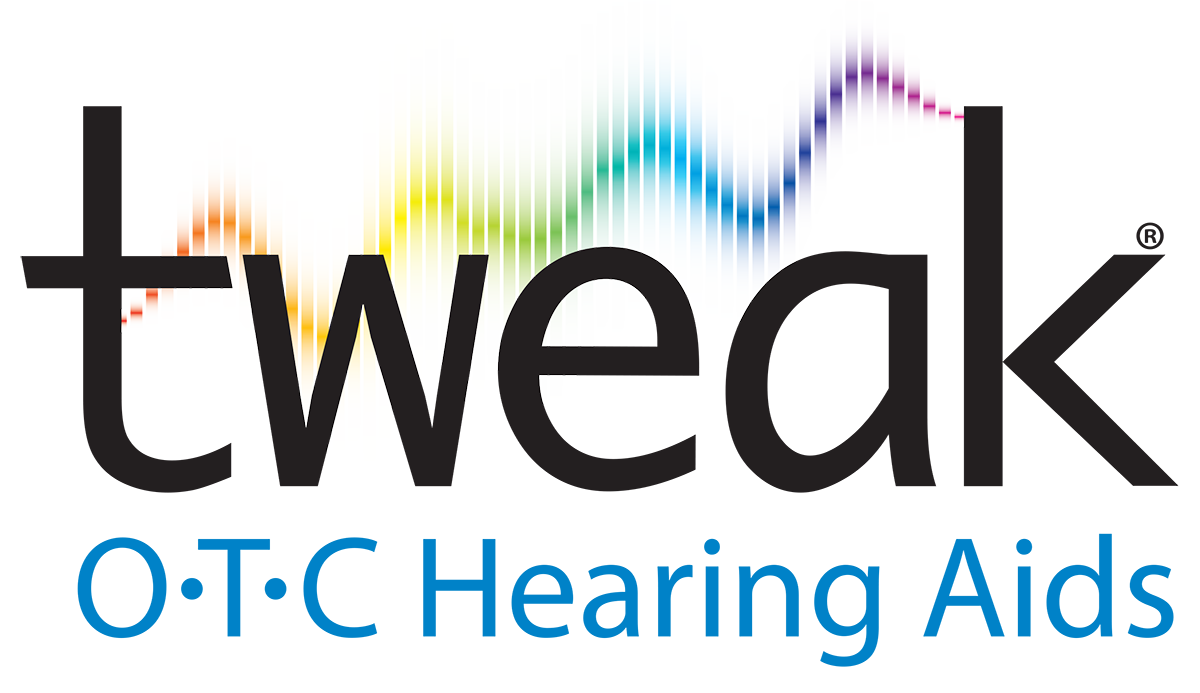Numbers can make a significant difference when it comes to our health. For instance, did you know that normal blood pressure is 120/80? If your doctor told you this, measured your blood pressure, and found it to be higher than 120/80, you may feel concerned and want to find out more. Our sense of sight is also measured by numbers, and many people know that normal visual acuity is 20/20. With that knowledge, many people choose to undergo eye examinations annually to keep their vision clear for as long as possible.
Our auditory health hearing is as important as any other facet of our health. However, if you were asked a question regarding a specific number or range that your hearing should be, would you know what to say?
This article explores why we need an easy global metric for hearing loss. For personalized advice, contact our team at Tweak Hearing today.
Why Do We Need Numbers In Healthcare?
Say that somebody did ask you what your ‘hearing number’ was. Would you have an answer off the top of your head? Chances are you wouldn’t, despite knowing that your ability to hear well is important to you. This is why we need an easy global metric for hearing loss.
Numbers give us a way of measuring something, and a simple number value that reflects how normal or abnormal something may be. By knowing your number and why it matters, it generally becomes easier to visualize its importance and the need to take action, if necessary.
While it certainly isn’t as straightforward as one number meaning ‘good’ and another meaning ‘bad’, it gives people an idea about if and why they should be concerned about something. Having the general population know and recognize a certain number for specific elements of their health gives us much more clarity about that aspect (in this instance, hearing).
Why We Need To Hear Our Numbers
Many people with hearing difficulties may recognize that their hearing isn’t what it used to be, but it often takes a long time for them to get help. A 2022 survey showed that people who notice hearing loss tend to wait about five years to get treatment. That’s five years where that person could not hear as well as they would have liked to, and five years where they could have received treatment that may have helped significantly.
When it comes to vision, with most people knowing that ‘normal vision’ is 20/20, they’re more likely to have an annual eye exam. Compare that with hearing: Only 9% of adults know that a normal hearing value exists, and only 27% are very likely to have their hearing tested. With this knowledge, we can infer that there are more people out there with less-than-perfect hearing than you may think.
Currently, levels of hearing loss are associated with the impact it has on the person: Normal, mild, moderate, severe, and profound. This language can be difficult to decipher and would most likely be easier to understand in numerical form.
It’s also important to understand that a singular number does not dictate treatment. Instead, it should aim to educate and engage patients, allowing them to visualize where their hearing sits on a scale in comparison to others or their own past results. Hearing health professionals recognize that hearing is more complicated than just a number, and will conduct a variety of tests and take many considerations into account before recommending a treatment plan. They will have more data and information behind the scenes, but the idea of a number itself is more for the general population’s common knowledge.
How Can We Come Up With An Easy Global Metric For Hearing Loss?
In a way, there is a global metric for hearing loss, but its implementation is far from complete.
The idea of a ‘hearing number’ is not a new concept by any means, as hearing professionals and consumer advocates have endorsed the idea for years. For instance, Dr. Barbara Weinstein and Larry Humes have suggested using the Hearing Handicap Inventory Screen (HHI-S) score, while Drs. Frank Lin and Nicholas Reed endorsed the 4-frequency pure-tone-average (PTA4).
Cochlear Limited launched a public awareness campaign in October 2020 called Hearing 20/20. This campaign stated that a normal hearing level should be between 0 and 20 dB PTA in each ear, and numbers above this may indicate the individual may benefit from hearing amplification such as hearing aids.
However, despite the campaign listing professional and advocacy programs such as the American Academy of Audiology (AAA) as partners, these organizations’ meetings didn’t feature any presentations on the subject. Without any training on how to discuss the metric with patients— or even which metric may be ‘best’— nothing has come of the discussions as of yet.
While researchers continue to gather information in their mission to drive change, there is certainly an opportunity to make hearing health a priority in the future. Hearing remains as important as it ever was, so the time to invest in it is now.
Hoping To Hear Clearer?
If you feel that your hearing isn’t what it could be, don’t waste any more time not hearing clearly. At Tweak Hearing all of our hearing amplification products have been designed by an audiologist with over 50 years of experience, so your ears are in good hands. To shop our range, browse online today.

